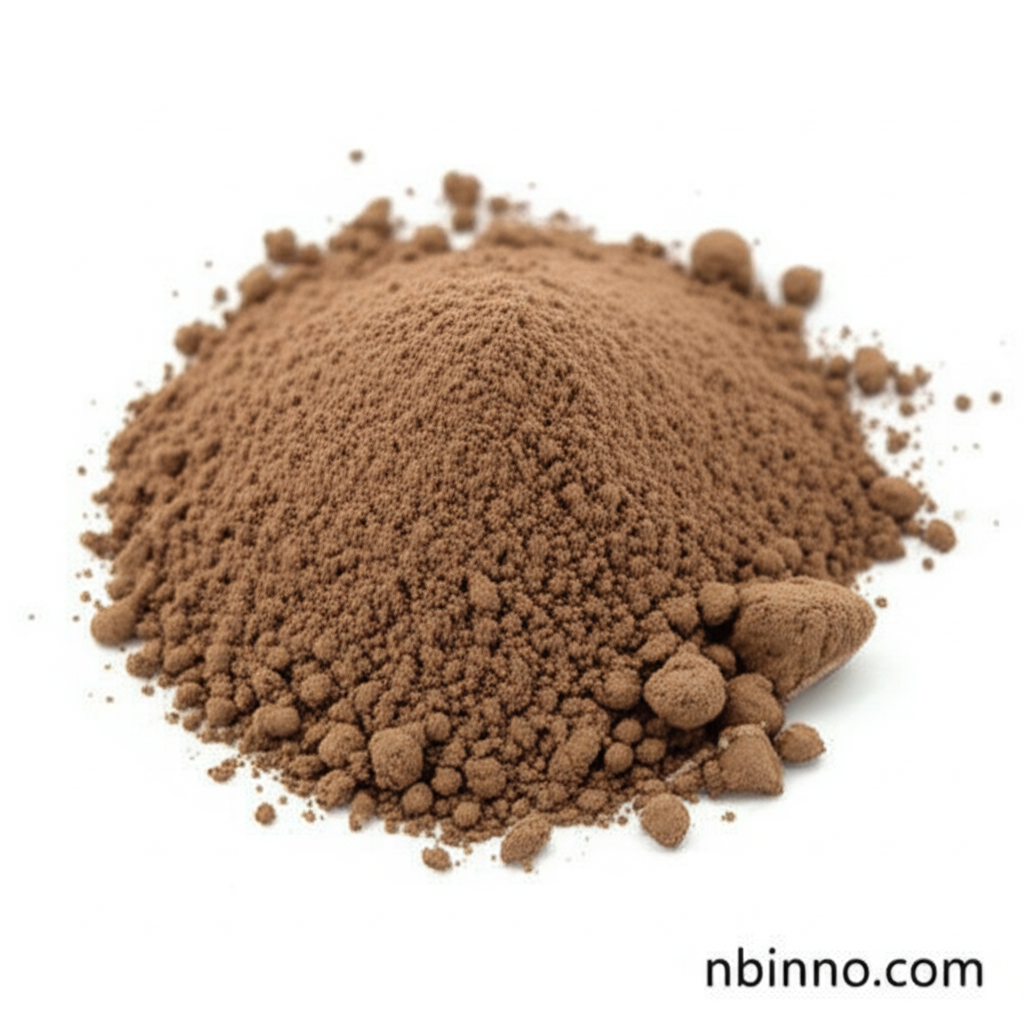4-Bromoaniline: Properties, Applications, and Synthesis in Organic Chemistry
Exploring the key chemical properties and diverse applications of this essential organic intermediate.
Get a Quote & SampleProduct Core Value

4-Bromoaniline
4-Bromoaniline is a crucial organic compound, serving as a versatile building block in various chemical processes, most notably in the synthesis of azo dyes and complex organic molecules.
- Discover the key applications of 4-Bromoaniline in azo dye manufacturing, providing vibrant and stable colorants for numerous industries.
- Delve into the methods for p-bromoaniline organic synthesis, understanding efficient routes to produce this vital chemical intermediate.
- Learn about the physical and chemical properties of 4-Bromoaniline, including its solid state and solubility characteristics.
- Understand the importance of 4-Bromoaniline CAS number (106-40-1) for identification and regulatory purposes in the chemical trade.
Key Advantages
Versatile Chemical Intermediate
The unique structure of 4-Bromoaniline makes it a highly sought-after chemical intermediate, enabling a wide array of functionalization and derivative synthesis.
Essential for Dye Industry
Its primary role in the azo dye manufacturing process underscores its importance in the textile, printing, and coloring industries.
Facilitates Complex Synthesis
Leveraging p-bromoaniline organic synthesis techniques allows chemists to construct complex molecules for pharmaceutical and material science applications.
Key Applications
Azo Dye Manufacturing
As a precursor, 4-Bromoaniline is fundamental in creating vibrant and durable azo dyes used across multiple sectors.
Organic Synthesis
Its reactivity enables its use in a broad spectrum of organic synthesis reactions, leading to new chemical compounds.
Pharmaceutical Intermediates
The compound serves as a building block in the synthesis of various pharmaceutical compounds, contributing to drug development.
Material Science
Applications extend to material science, particularly in the creation of specific organic compounds like para-bromobiphenyl.
